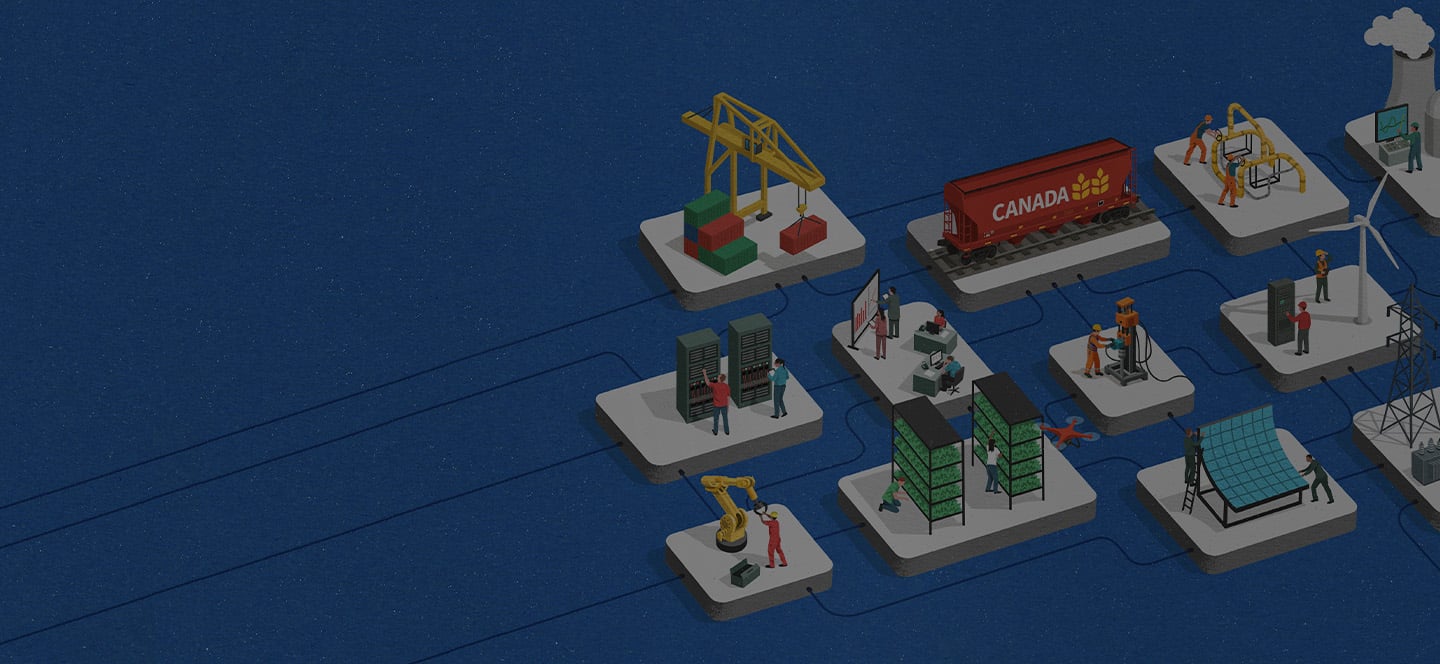On December 11, 2018, the Alberta government issued an Expression of Interest (EOI) to determine private sector interest in building or expanding a refinery in Alberta to use more Alberta heavy oil. The invitation to submit an EOI extends to local, national or international energy sector companies and the government intends to give priority to projects that will maximize the value of Alberta’s resources, as well as provide broader economy-wide benefits. Submissions must be received by February 8, 2019, and must meet the following minimum requirements to be considered for review:
- the refinery must be located within Alberta or tied to an Alberta facility or facilities
- the facility, or expansion, must use exclusively Alberta produced bitumen or partially upgraded bitumen feedstock to produce marketable refined products
- the proposal must be for a new greenfield investment or an expansion project in an existing (brownfield) site
- the project has not already achieved a final investment decision to proceed
Submissions that meet the minimum requirements will be reviewed based on the following nine criteria:
1. Business plan
2. Project timing
3. Technology and project configuration
4. Feedstock and refined products infrastructure
5. Proponent’s capability
6. The project’s economic and financial viability
7. Economic benefits to Alberta
8. Environmental performance
9. Participation of Indigenous communities
The EOI must also contain the value of Government of Alberta support being requested and describe the form and manner of risk, costs and benefits sharing between the project partners and the government.
Alberta’s Premier Rachel Notley stressed that a new refinery must provide a return on investment for Albertans and diversify the way the province uses its energy resources. Premier Notley went on to say "We need to see jobs for Albertans, we need to see the participation of Indigenous communities and we need to see sound engineering, design and financial plans."
Once the submissions close in February, the government will use the results to inform its next steps, which may include issuing a Request for Proposals (RFP) for a refinery or refinery and affiliated infrastructure project.
It is important that companies interested in submitting an EOI consider the following in their application:
Feedstock Supply and Product Marketing
- the sources, quantities and infrastructure (current or incremental) used to transport bitumen feedstock to the facility
- products made, target markets and infrastructure (current or incremental) used to transport products to desirable markets
- the availability of long-term feedstock supply agreements
- use price adjustment mechanisms in appropriate cases
Regulatory and Environmental
- discuss all aspects of the expected environmental performance of the project
- demonstrate the use of best available technical and economically achievable standards and outline any initiatives that will make the project an environmental leader
- identify by type the amount of expected greenhouse gas emissions
- regulatory context for complex, large-scale infrastructure projects including environmental law, land use planning, including consultation and other land issues, and various federal and provincial regulatory licences and compliance matters
Indigenous Communities
- provide an overall description of how the proposed project will connect Indigenous communities to the Alberta economy
- the business plan should identify opportunities for investments in infrastructure and services by and in Indigenous communities
Financing
- summarize the proposed financing arrangements for the project, indicate the current status of all such arrangements and the proponent’s expectations regarding probability and amount of funding
- innovative, creative and commercially-sound solutions that complement traditional financing structures and methods, including project and structured finance techniques and cross-border corporate and project loan facilities should be considered
Capital Projects
- identify the various commercial agreements which will be necessary in advancing the project, including any joint venture agreements, power purchase agreements and benefits sharing agreements as well as other forms of participation agreements, together with any agreements respecting the acquisition of necessary land and associated rights
- review competitive sourcing and procurement processes, including RFP, value for money analysis, hedging and other currency issues, contracting processes and related risk management, technology, intellectual property, customs compliance and duty/tax savings, privacy and security, and outsourcing and related shared service transactions
- identify major construction contracts and procurement and ancillary agreements, including Engineering, Procurement, Construction (EPC) and/or Engineering, Procurement, Construction, and Management (EPCM) agreements
- discuss how the project will account for pipe/steel components in the current market of import quotas and steel tariffs
Deadline for EOIs is February 8, 2019
The window to submit an EOI is under two months and will close quickly. Companies that are interested in submitting an EOI will benefit from Bennett Jones’ experience in serving clients on some of the largest and most complex oil and gas development projects in the country. In addition, our Government Affairs and Public Policy group can provide insight and practical steps on working with key government officials and participating in an efficient regulatory approval process.











